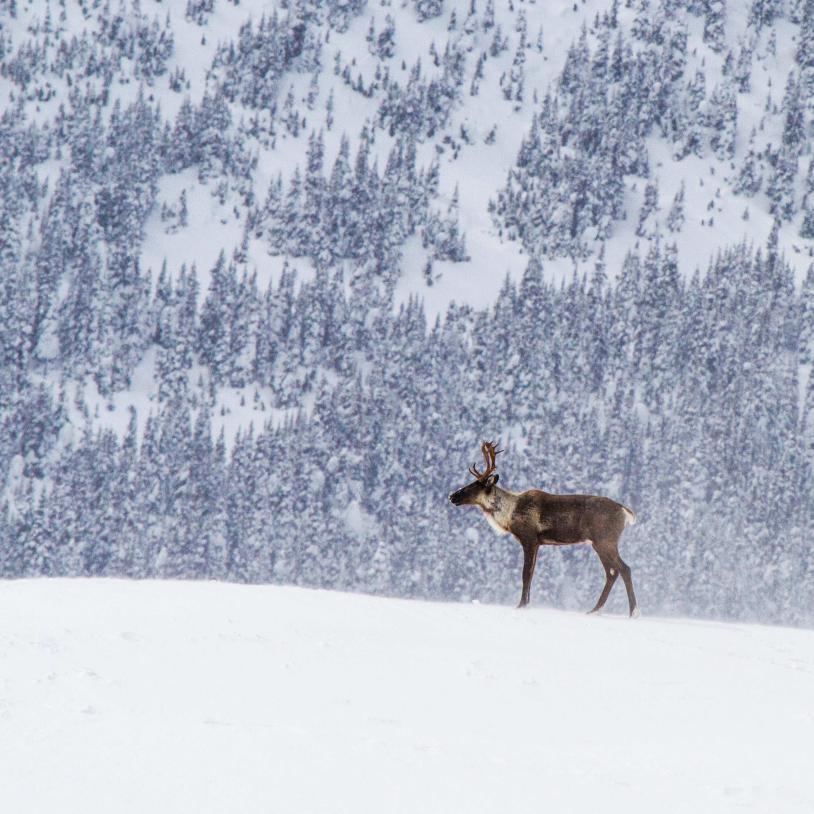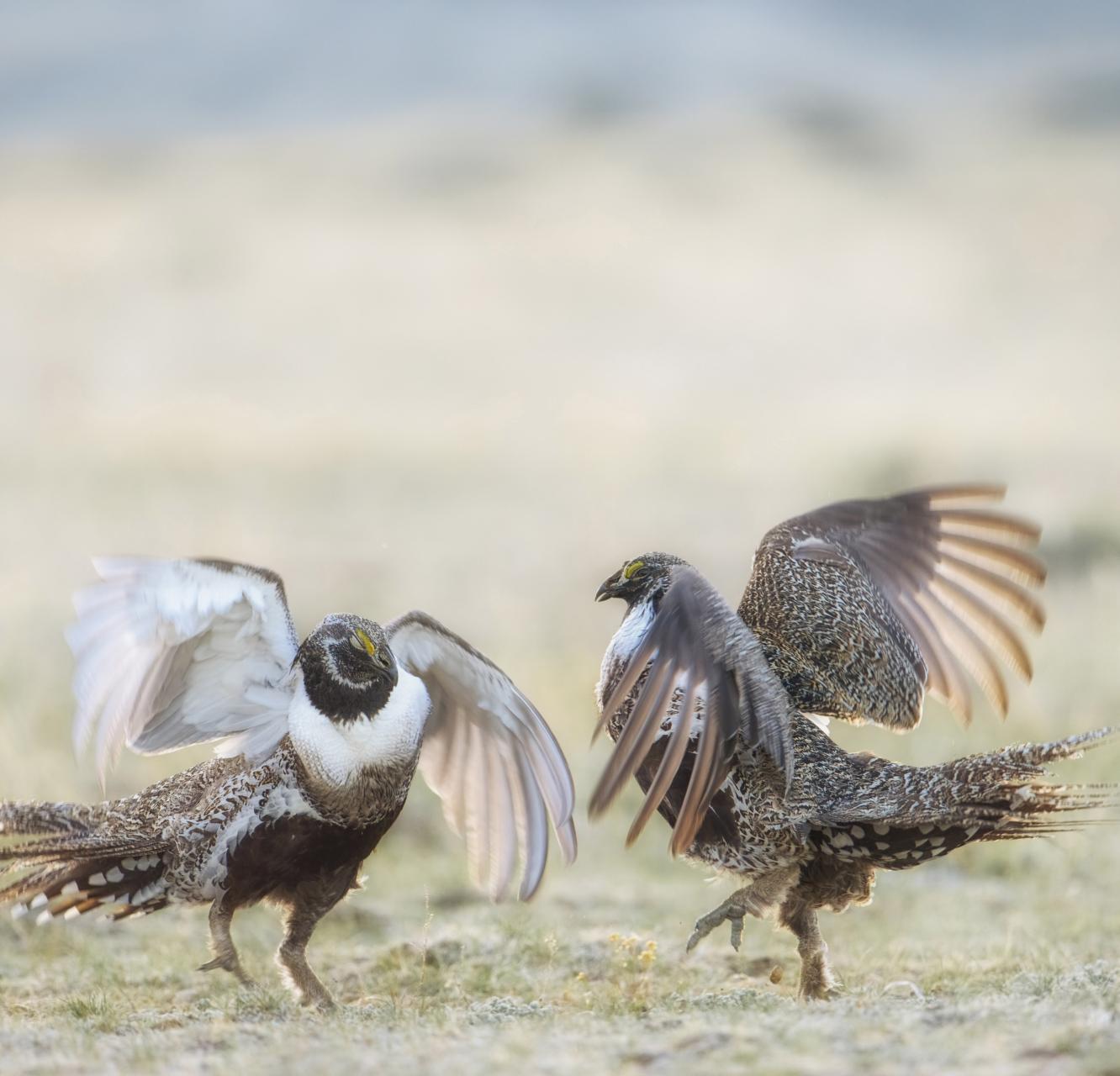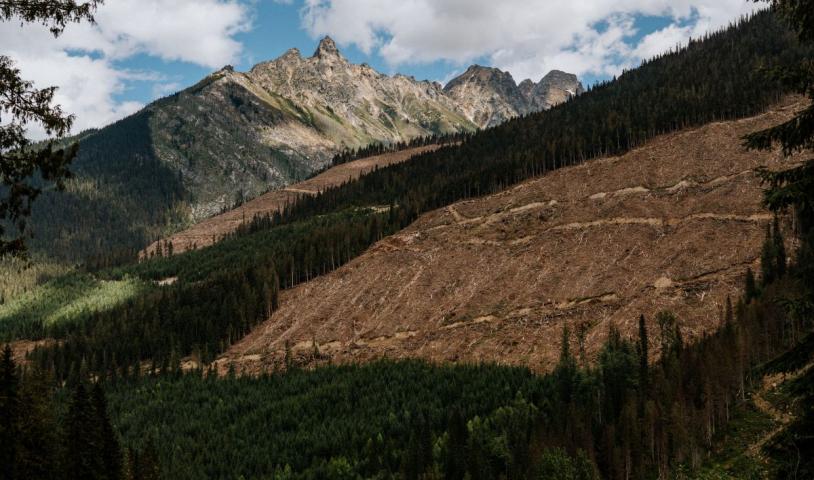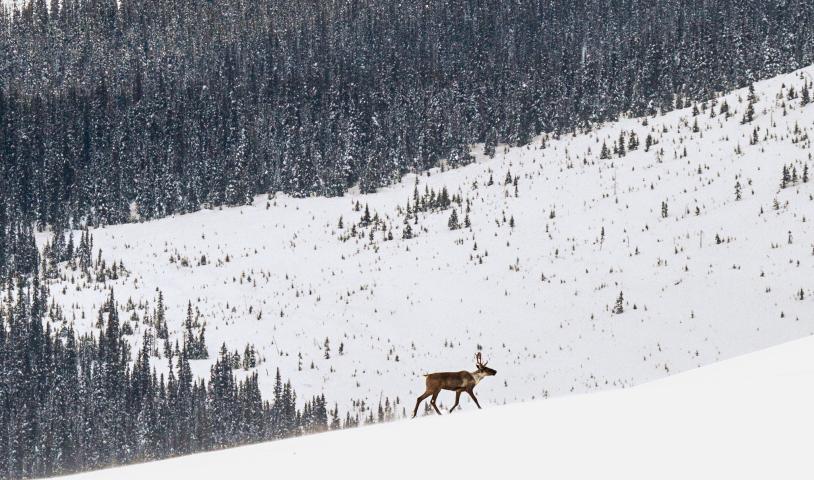Run‑of‑the‑river projects raising questions
Wednesday, June 17, 2009Western Canada Wilderness Committee is raising red flags about run-of-the-river projects north of Harrison Lake, after visiting a few sites to look at potential impacts on fish and fish habitat.
But the local MLA, a local First Nations rep, and the project proponent are adamantly defending the environmental integrity of the independent power projects (IPPs) under construction in the Lillooet River system.
Volunteers and staff with the Wilderness Committee wanted to visit some of the projects underway southeast of Pemberton, especially ones with high-quality fisheries habitat around the sites, said Joe Foy, campaign director for WCWC.
What the group’s staff scientist Andy Miller found, according to a news release, was “major concerns with salmon and trout habitat upstream and downstream” at the Kakila Creek site, and the under-construction Fire Creek and Tipella Creek projects.
“We are concerned about what will happen to that fisheries habitat once the majority of the water is diverted from these large creeks into kilometres of giant pipes.
“Will there be enough water for the fish and will the spawning habitat be maintained?” asked Foy.
Cloudworks spokesman Nick Andrews said the presence of fish and fish habitat were clearly identified during the environmental permitting process, and all of the potential impacts were quantified at the time.
“Both of these projects went through an exhaustive environmental review, involving multiple federal, provincial and First Nations officials, before we received permits to proceed with them,” he said.
Andrews said he couldn’t speak about the Kakila Creek site since it was not in fact a Cloudworks project, and could only comment on the sites at Fire Creek and Tipella Creek. But he was surprised that WCWC seemed unaware of steps involved in the strict review process.
“But we can assure them that there was a particular focus on the question of potential fish-habitat impacts,” Andrews added, pointing out that more information could be found on websites including the B.C. Environmental Assessment Office and the Canadian Environmental Assessment Agency.
The energy company also made a point of working with federal fisheries to design habitat improvements on the river system.
“Cloudworks is enhancing downstream spawning and rearing habitat to compensate for the limited project impacts,” Andrews said.
Miller stated that on a recent visit to the project sites, which he made with a group of international activists and WCWC volunteers, he saw “considerable evidence of erosion from road-building and at the holding ponds, and extensive logging operations” all the way down to stream banks.
“All the anglers we met from the In-SHUCK-ch Nation were very concerned about potential damage to fisheries from these projects,” said Miller.
Gerard Peters, chief negotiator for the In-SHUCK-ch Nation, who goes by the traditional name Eppa, clarified there is strong local First Nations support for the projects. He said Miller had no authority to speak on behalf of In-SHUCK-ch people.
“The allegations, and that’s what they are, in my estimation, are completely unfounded,” Eppa told The Progress, adding that he thought the environmental group was “blowing smoke” with its recent news release.
As far as any evidence of erosion and or extensive logging damage, he stated, “the projects themselves are the subject of very stringent, comprehensive permitting and approval process.”
The publicized criticism of the projects by WCWC really speaks to the approach, said Eppa.
“Their efforts are designed to take a contrary position, and infuse that position with concerns such that it triggers public perception that the projects are by their nature going to have a negative impact on fish and other environmental values,” he bristled.
Eppa said the opposite is true. In fact the projects stand to improve the fish habitat rather than degrade it, and that was ascertained before the Douglas First Nation offered its approval.
“We can’t afford to lay waste to the land, or think it’s possible to attract paying visitors otherwise. So we will be very careful.”
Part of the reason for the First Nations support is the significant employment potential, with more than 300 jobs being discussed for the early stages of the project. It will also allow them to connect to the electricity grid for the first time.
“If WCWC has any other ideas on how we can participate in the economy, they’re welcome to share them. But in the meantime, this is what we have chosen to do,” Eppa said curtly.
Chilliwack-Hope MLA Barry Penner said the area, southeast of Pemberton, is now formally part of his constituency.
“Here’s what I know,” he told The Progress. “In essence the accusations from WCWC are false.”
Cloudworks was required to follow “a rigorous set of rules and regulations in place to make sure our rivers and streams are protected,” he said.
The process included no less than 11 provincial approval authorities, and six for the federal government.
“Particularly now, during an economic downturn, there’s an opportunity for us to put people to work building renewable electricity projects,” said Penner, underlining that B.C. is now a net importer of power. “So it makes sense from an environmental and economic perspective to pursue new projects.”
Many of the main concerns raised by the group are actually around the privatized nature of the IPPs, he stressed.
“They said before they think projects should be publicly owned, and they’re entitled to that opinion, but it really has no bearing on the environmental perspective,” Penner said.





